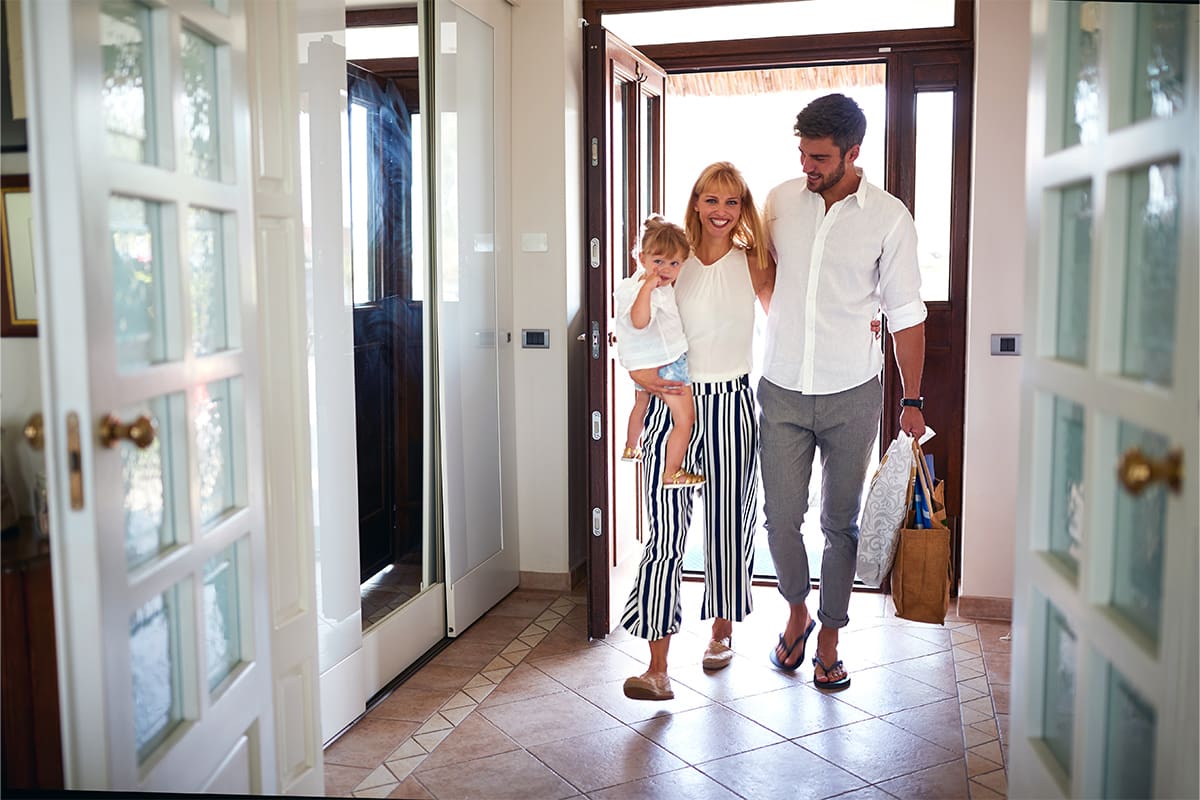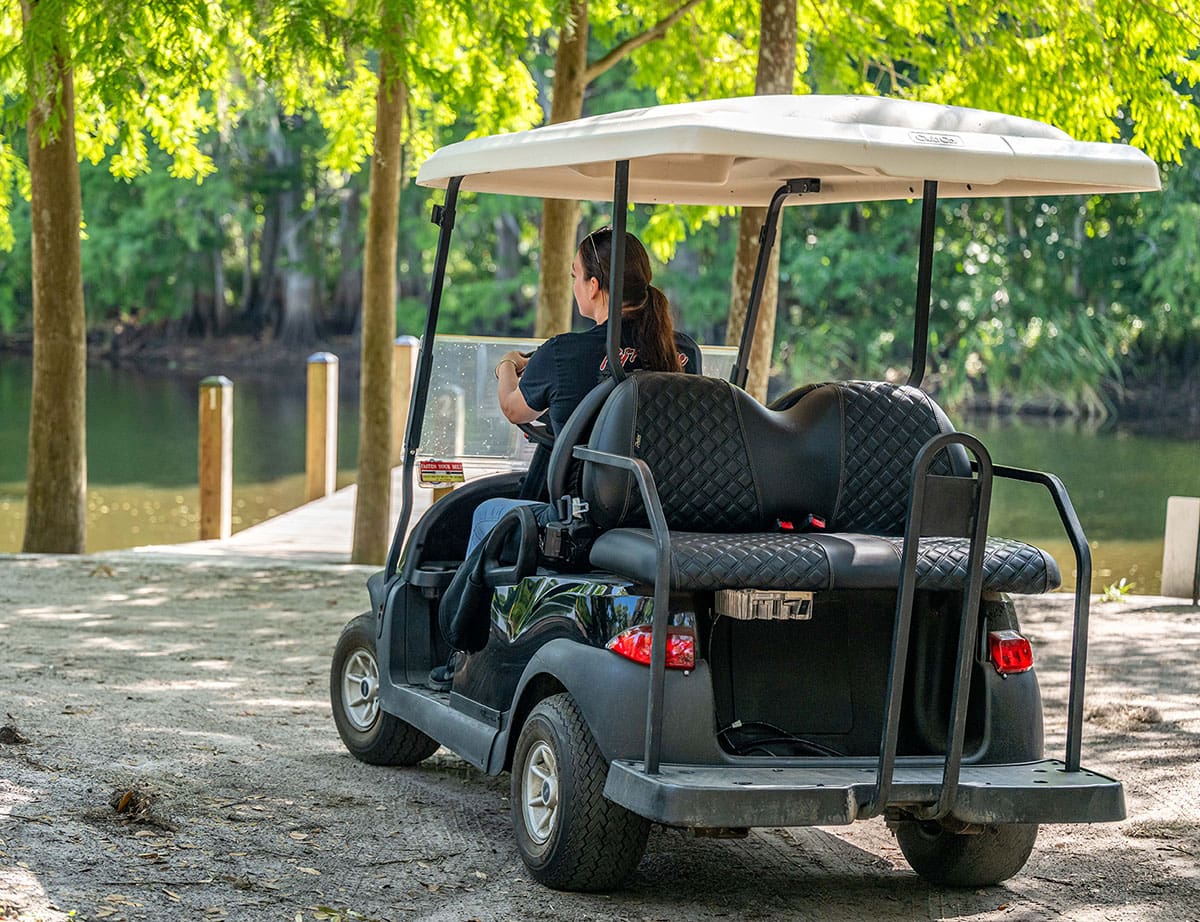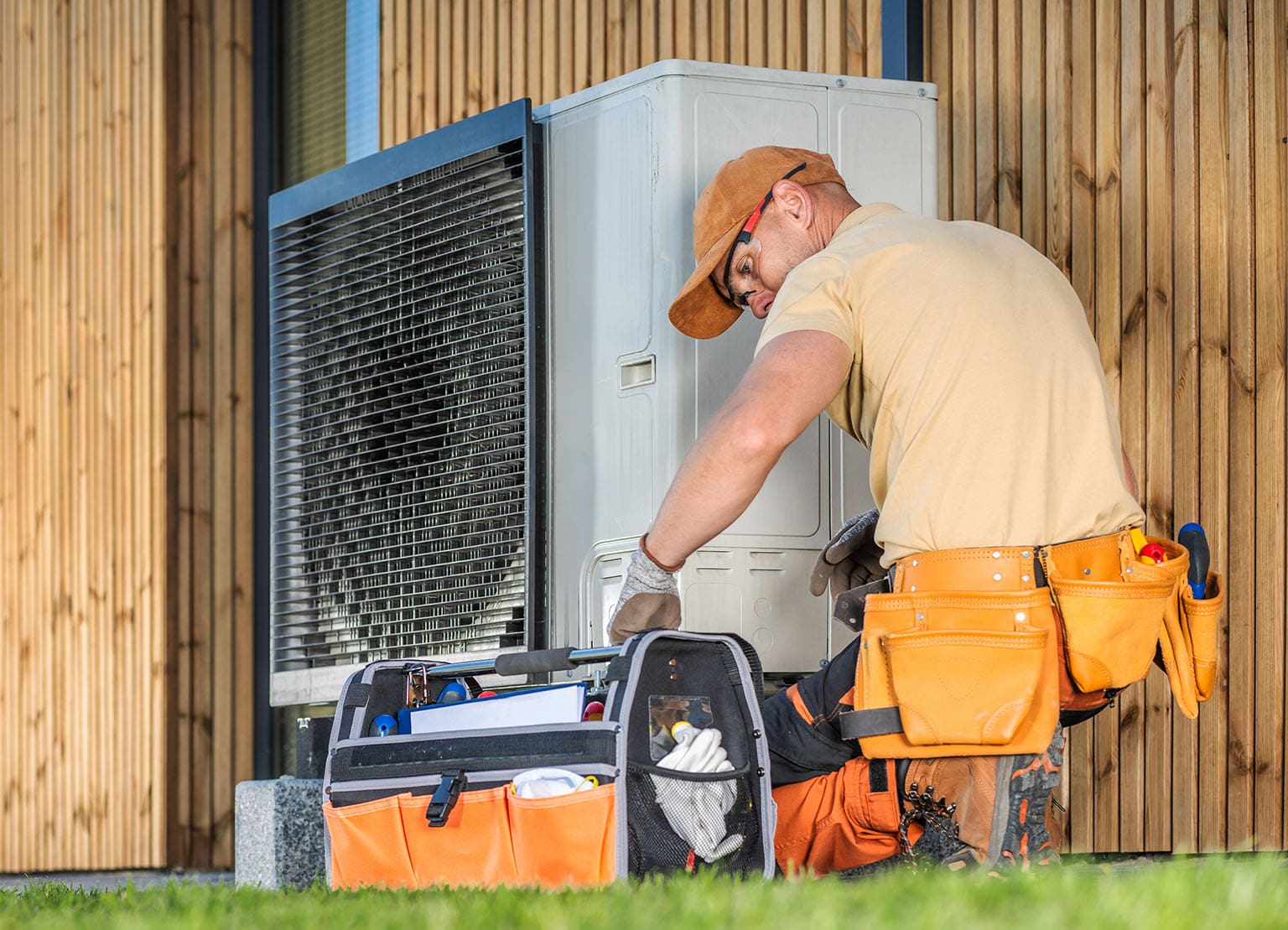When it comes to homeowners insurance, there’s no one-size-fits-all solution. Whether you own a single-family home, condo, rental property, or even a historic house, your insurance needs vary. Even if you are a renter, there’s a need for insurance coverage. Your home, location, and lifestyle all play a role in determining which policy will offer the protection you need most.
This guide will walk you through the eight types of homeowner insurance policies — giving you an easy-to-understand breakdown of each to help you find the best homeowners insurance policy coverage for your situation.
What are ‘named perils’ in home insurance?
Before diving into the similarities and differences between the types of homeowners insurance, let’s first break down the key components you’ll encounter: open perils and named perils.
Homeowners insurance typically covers certain events, known as “perils.” If one of these specific events damages your home or personal property, you can file a claim (minus your deductible) for potential reimbursement.
If your policy isn’t an open-peril policy (which covers all risks except those explicitly excluded), then it falls under named-peril coverage. This means that only the perils specifically listed in your policy are covered.
One advantage of named-peril coverage is that it often applies even when your belongings are outside your home. For example, if your bike is stolen from outside a coffee shop or your laptop is damaged in a fire at a friend’s house, your policy might still cover the loss.
Common named perils:
- Accidental discharge or overflow of water or steam
- Aircraft damage
- Explosion
- Falling objects
- Fire or lightning
- Freezing of plumbing, heating, or cooling systems
- Power surge damage (short-circuiting)
- Riots or civil commotion
- Smoke damage
- Sudden and accidental tearing, cracking, burning, or bulging (e.g., water heater or HVAC failure)
- Theft
- Vandalism or malicious mischief
- Vehicle damage
- Volcanic eruption
- Weight of ice, snow, or sleet
- Windstorm or hail
Understanding which perils are covered by your insurer and your specific property insurance policy can help you determine if your policy provides the right level of protection — or if you need additional coverage. If a specific risk isn’t included in your policy, you may be able to add an endorsement for extra security.
Now, let’s look at the types of policies you might want to consider.
HO-1 to HO-8: Policies to protect your home
The different types of homeowners insurance policies are categorized using “HO” (short for homeowners) followed by a number (1–8) to distinguish the eight policy types. Each policy is designed for specific homeownership situations, ranging from basic coverage for single-family homes to specialized protection for condo owners, renters, and even owners of manufactured, modular or mobile homes. Understanding these distinctions will help you choose the right coverage for your needs.
HO-1: The bare minimum
What is an HO-1 insurance policy?
An HO-1 policy is the most basic homeowners insurance policy available. It covers only a limited set of named perils, including fire, theft, vandalism, and some natural disasters. However, it’s worth noting that this type of policy is no longer widely available due to its limited protection, leaving many homeowners opting for broader coverage.
Who is the HO-1 policy best for?
HO-1 policies are typically suited for homeowners on a tight budget who need just the no-frills protection. For example, if you live in a low-risk area and are simply looking to cover basic damage from common events, an HO-1 policy may meet your needs—but keep in mind that you could be left unprotected if something unexpected happens.
HO-2: Step up with more protection
What is an HO-2 insurance policy?
An HO-2 policy builds on the HO-1 by offering coverage for additional risks. It includes all the perils covered by HO-1 but also protects against other incidents, like burst pipes, falling objects, and damage from snow or ice. Like the HO-1, it is still a named-peril policy, meaning it only covers specific risks listed in the policy.
Who is the HO-2 policy best for?
HO-2 policies are great for homeowners looking for a balance between affordable pricing and broader coverage. For example, if you want protection against a wider range of risks but don’t need full open-peril coverage, this might be the right choice.
HO-3: The most popular choice
What is an HO-3 insurance policy?
HO-3 policies are the most common type of homeowners insurance and offer a solid level of protection. It’s the full open-peril coverage alluded to above. This policy generally provides open-peril coverage for your home’s structure (meaning it covers all risks except those specifically excluded in the policy).
However, it typically offers named-peril coverage for personal property, meaning it will only cover your belongings in the event of specific incidents, like fire, theft, or vandalism. High-value items, such as jewelry or artwork, may have coverage limits, so adding a personal property floater can help ensure they’re fully protected.
In addition to coverage for your home, an HO-3 policy also includes liability protection. This coverage helps protect you if someone is injured on your property or if you cause damage to someone else’s property. For example, if a guest slips and falls at your house or if your child accidentally damages a neighbor’s fence, liability protection can cover the associated costs, including legal fees.
Who is the HO-3 policy best for?
HO-3 policies are the go-to choice for homeowners who want comprehensive and reliable protection. Whether you’re dealing with a fire, theft, or accidental damage, an HO-3 policy typically covers the majority of potential risks without a lot of exclusions.
HO-4: Renters insurance coverage explained
What is an HO-4 insurance policy?
Because a landlord’s insurance policy isn’t enough — it only covers the physical building itself — you may need an HO-4 policy, also known as renters insurance — which covers the contents within your rental property. What’s great about renters insurance is that it even covers protected items when they’re not in the apartment. So, if you’re traveling and you lose your luggage, you may be fully covered if the items in your luggage are listed in your coverage. It’s a good idea to make sure all your electronics — like your new cell phone or laptop — are listed in your policy and that your policy is kept up to date.
And you should note that an HO-4 also includes liability protection. If a guest trips and falls in your apartment, the policy protects you from potential lawsuits and can cover some of the associated medical costs and legal fees.
Who is the HO-4 policy best for?
Renters may not think they need insurance because they don’t own the building, but they often have a lot of personal belongings that would be expensive to replace if damaged or stolen — things like electronics, furniture, and clothing. An HO-4 policy helps cover these items, giving renters more assurance, knowing that they won’t have to shoulder the entire cost if a covered event occurs.
HO-5: The VIP policy
What is an HO-5 insurance policy?
An HO-5 policy is the top choice for homeowners looking for the most comprehensive coverage. It provides open-peril protection for both your home and personal belongings, meaning you’re covered for nearly everything, except for a few specific exclusions, like flood or earthquake damage.
Compared to the HO-3, the HO-5 has fewer exclusions, higher coverage limits, and more flexibility when it comes to claims. This makes it perfect for those with high-value homes or anyone who wants more assurance. It also offers protection for high-end items, like electronics, jewelry, watches, artwork, and firearms, without needing extra riders or floaters.
Plus, personal property losses are reimbursed based on replacement cost, not the actual cash value, so you won’t have to worry about depreciation when replacing items. If you want less hassle and more protection, an HO-5 policy could be a great fit.
Who is the HO-5 policy best for?
Many homeowners want to compare HO-3 insurance vs HO-5 insurance. Typically, HO-5 policies are best suited for homeowners who want peace of mind knowing that their home and belongings are fully covered, especially if they have valuable items. An HO-5 policy is also a great option for those living in areas prone to disasters where you want to minimize the risk of gaps in coverage.
Ultimately, the choice between HO-3 and HO-5 comes down to the level of protection you need and your budget. While an HO-3 policy offers great value and essential coverage, an HO-5 policy provides the highest level of protection with fewer exclusions and higher reimbursement limits, making it the best choice for those with valuable assets or those seeking the most comprehensive.
HO-6: A must-have for condo owners
What is an HO-6 insurance policy?
An HO-6 policy is often referred to as “walls-in coverage,” meaning that it provides condo or co-op owners with coverage for the interior of the unit, including walls, floors, ceilings, and personal property. It also protects any renovations made to the condo after it was purchased.
This condo insurance policy typically covers damage from perils, like fire, theft, and vandalism. While the condo association’s master policy covers shared spaces, external structures, and common areas, the HO-6 policy helps ensure that your individual unit and your belongings are fully protected.
Like other homeowners policies, an HO-6 policy includes liability coverage within the unit, but it may not extend to injuries that occur in other parts of the building, such as hallways or the building’s common areas. It’s important to understand the gaps between the master policy and your personal policy to ensure comprehensive protection for your condo and its contents.
Who is the HO-6 policy best for?
HO-6 policies are essential for condo owners who need customized protection for their individual units. For example, if you’re living in a multi-unit building, this policy helps ensure your personal belongings and interior structure are covered, even though the building’s exterior, roof, basement, and systems are managed by the HOA.
HO-7: Coverage for mobile homes
What is an HO-7 insurance policy?
An HO-7 policy is similar to the HO-3 but specifically tailored for mobile or manufactured homes, also called sectional or modular homes. It covers the home structure itself, along with attached structures, like decks and porches. An HO-7 policy typically includes coverage for unattached structures, such as a shed or detached garage, as long as they are located on the same property as the primary residence.
This coverage falls under the “other structures” section, which protects buildings that aren’t physically connected to the main dwelling. However, make sure you review the specifics of your policy, as coverage limits and exclusions can vary.
Who is the HO-7 policy best for?
HO-7 policies are designed for owners of manufactured homes that are located at a fixed address. If you live in a mobile home park or own a manufactured home, this policy provides coverage tailored specifically for that type of property. But you should note that it won’t cover the home in transit, for example, if you are moving the home from one lot in a park to another.
It’s important to note that an HO-7 policy differs from recreational vehicle (RV) insurance, which covers vehicles that can be moved from one location to another. In contrast, an HO-7 policy is intended for homes that are permanently located on a specific property and are not intended to be mobile. In some mobile home parks, the dwelling may be owned by the resident, while the land the home sits on is rented from the park owner. Regardless, the HO-7 policy covers the structure, personal belongings, and liability of the homeowner.
HO-8: Protecting historic and older homes
What is an HO-8 insurance policy?
An HO-8 policy is homeowner insurance for older homes, often historic or registered landmarks, where the cost to rebuild is higher than the market value. These homes might have unique or outdated construction that could be costly to repair or replace. Unlike other policies, an HO-8 typically reimburses based on actual cash value (ACV) instead of replacement cost. This means the payout takes depreciation into account, which can be challenging when rebuilding costs are high, especially for homes with older features or materials.
To protect their investment, homeowners with an HO-8 policy can take steps like increasing their coverage limits or adding riders, such as a replacement-cost endorsement. This can help bridge the gap between ACV and the actual cost to fully rebuild the home with modern materials, helping ensure they’re better covered in the event of a total loss.
An important thing to note about the HO-8 policy is that it’s a named-perils policy. This means it only covers specific events listed in the policy. Some of the most common covered perils include:
- Aircraft damage
- Explosion
- Fire or lightning
- Riot or civil commotion
- Smoke damage
- Theft
- Vandalism or malicious mischief
- Vehicle damage
- Volcanic eruption
- Windstorm or hail
Who is the HO-8 policy best for?
HO-8 policies are designed for owners who have owner-occupied homes, especially those with older or historic properties that may be difficult to replace or repair. If your home has unique features, hard-to-find materials, or high rebuilding costs, this policy helps ensure you have the right coverage to protect its value. Insurance companies often consider older homes riskier than newer ones, so this policy offers a solution for protecting homes where the cost to rebuild exceeds the actual cash value (ACV). It’s particularly useful for homes with components or materials that are difficult to replace today. Just remember, your home needs to be at least 40 years old to qualify for this policy.
Policy choice: 4 questions to ask
Choosing the right homeowners insurance policy is crucial for helping ensure you’re adequately protected. While policies can be adjusted later, doing so often comes with added costs.
Insurance can be complex, and when it comes to protecting your home, you don’t want to leave anything to chance. That’s why it’s always best to work with an expert in homeowners insurance. They’ll take the time to understand your needs and help you select the best policy by starting with these three questions:
1 – What type of home do you own?
A house, condo, or mobile home all require different coverage. Determine the type of property you’re insuring to find the appropriate policy.
2 – How much risk are you comfortable with?
Are you looking for the bare minimum protection, like an HO-1, or do you want the most comprehensive coverage, like an HO-5? Understanding your comfort level with risk will help guide your choice.
3 – What coverages will you feel most protected by?
When selecting a homeowners insurance policy, it’s important to understand the coverage you’ll need.
- This includes dwelling coverage to protect your home and any other structures on your property, like a shed or garage.
- You’ll also need coverage for personal belongings, such as furniture, electronics, and clothing, to help ensure your items are protected.
- Personal liability coverage is essential to shield you from potential lawsuits if someone is injured on your property.
- Additionally, loss of use or additional living expenses coverage helps cover the cost of living elsewhere if your home becomes uninhabitable due to damage.
- Finally, you’ll want to make sure that medical expenses are covered if someone is injured on your property, regardless of fault.
4 – What does your budget allow?
Some policies come with a higher premium but offer greater assurance by covering more risks. Consider what fits within your budget while still providing the protection you need.
The right homeowners insurance coverage
Not all homeowners insurance policies are created equal. The variety of options, from HO-1 to HO-8, means there’s a policy for nearly every type of home and lifestyle. Choosing the right one depends on understanding your home’s needs, the risks you face, and how much protection you want.
At The Baldwin Group, our home insurance experts can help you determine the best homeowners insurance policy coverage for you. Once we understand your needs, we’ll do the legwork to find a policy that fits your lifestyle and budget.
It’s quick and easy to get started. Request a free, no-obligation quote online or call 813.939.5288 to speak with a property insurance consultant.
This document is intended for general information purposes only and should not be construed as advice or opinions on any specific facts or circumstances. The content of this document is made available on an “as is” basis, without warranty of any kind. The Baldwin Insurance Group Holdings, LLC (“The Baldwin Group”), its affiliates, and subsidiaries do not guarantee that this information is, or can be relied on for, compliance with any law or regulation, assurance against preventable losses, or freedom from legal liability. This publication is not intended to be legal, underwriting, or any other type of professional advice. The Baldwin Group does not guarantee any particular outcome and makes no commitment to update any information herein or remove any items that are no longer accurate or complete. Furthermore, The Baldwin Group does not assume any liability to any person or organization for loss or damage caused by or resulting from any reliance placed on that content. Persons requiring advice should always consult an independent adviser.






